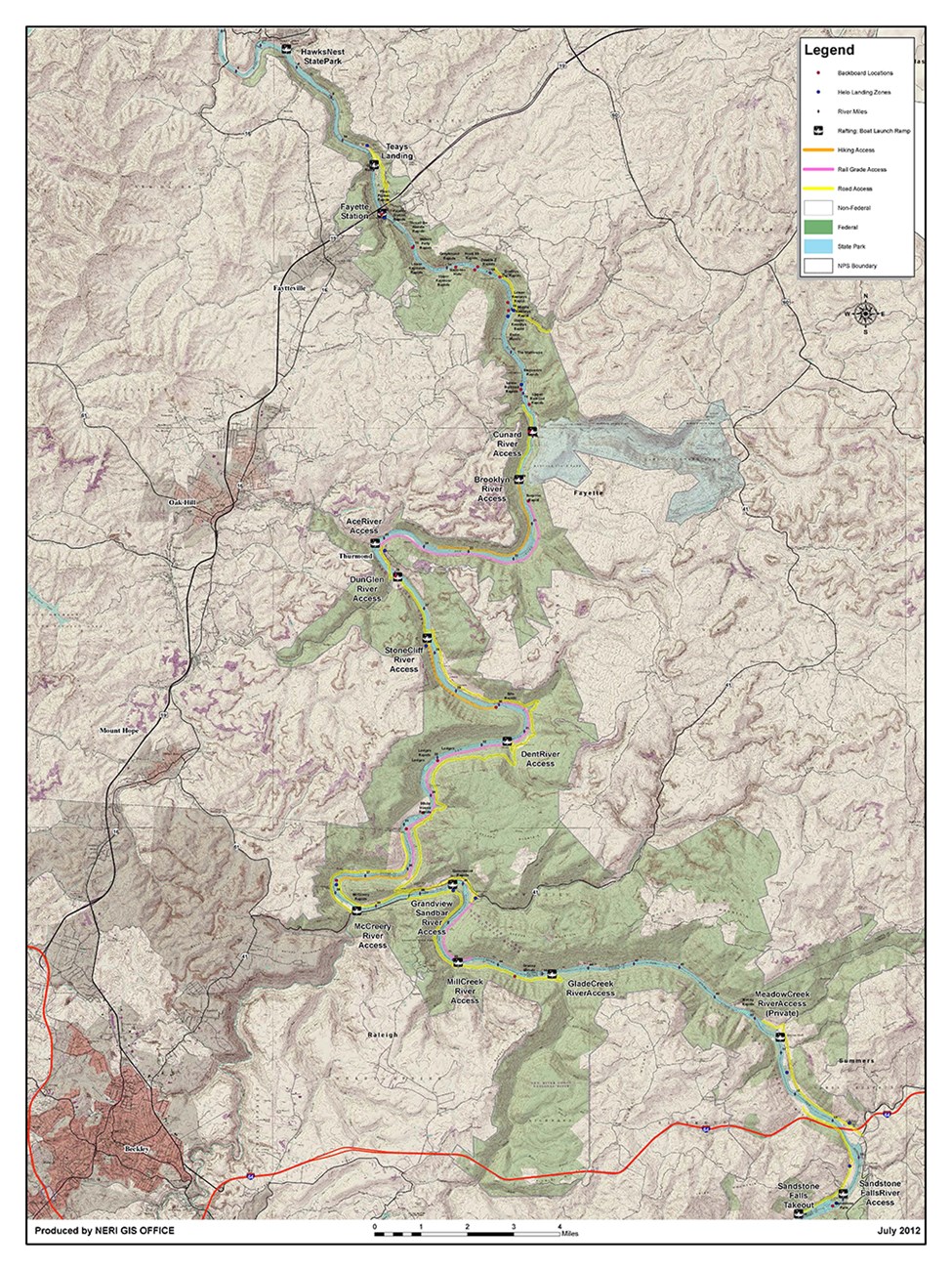
Kevin Daley River LevelsRiver level information is available by calling these numbers:
International Scale of Difficulty
Class I: EasyFast moving water with riffles and small waves. Few obstructions, all obvious and easily missed with little training. Risk to swimmers is slight; self-rescue is easy. Class II: NoviceStraightforward rapids with wide, clear channels which are evident without scouting. Occasional maneuvering may be required, but rocks and medium sized waves are easily missed by trained paddlers. Swimmers are seldom injured and group assistance, while helpful, is seldom needed. Class III: IntermediateRapids with moderate, irregular waves which may be difficult to avoid and which can swamp an open canoe. Complex maneuvers in fast current and good boat control in tight passages or around ledges are often required; large waves or strainers may be present but are easily avoided. Strong eddies and powerful current effects can be found, particularly on large-volume rivers. Scouting is advisable for inexperienced parties. Injuries while swimming are rare; self-rescue is usually easy but group assistance may be required to avoid long swims. Class IV: AdvancedIntense, powerful but predictable rapids requiring precise boat handling in turbulent water. Depending on the character of the river, it may feature large, unavoidable wave and holes or constricted passages demanding fast maneuvers under pressure. A fast, reliable eddy turn may be needed to initiate maneuvers, scout rapids, or rest. Rapids may require "must" moves above dangerous hazards. Scouting is necessary the first time down. Risk of injury to swimmers is moderate to high, and water conditions may make self-rescue difficult. Group assistance for rescue is often essential but requires practiced skills. A strong eskimo roll is highly recommended. Class V: ExpertExtremely long, obstructed, or very violent rapids which expose a paddler to above average endangerment. Drops may contain large, unavoidable waves and holes, or steep congested chutes with complex, demanding routes. Rapids may continue for long distances between pools, demanding a high level of fitness. What eddies may exist may be small, turbulent, or difficult to reach. At the high end of the scale, several of these factors may be combined. Scouting is mandatory but often difficult. Swims are dangerous, and rescue is difficult even for experts. A very reliable eskimo roll, proper equipment, extensive experience, and practiced rescue skills are essential for survival. Class VI: ExtremeOne grade more difficult than Class V. These runs often exemplify the extremes of difficulty, unpredictability and danger. The consequences of errors are very severe and rescue may be impossible. For teams of experts only, at favorable water levels, after close personal inspection and taking all precautions. This class does not represent drops thought to be unrunnable, but may include rapids which are only occasionally run. River Guide and MapThe section of the New River from Hinton to Thurmond offers challenging Class I, II, and III rapids suitable for intermediate whitewater paddlers, and consists primarily of long pools and moderate rapids. Downstream from Thurmond the river narrows and includes technical Class III - IV rapids. The New River below Thurmond is suitable only for advanced and expert paddlers. The New River is a powerful and beautiful river that usually has enough water to run. Safety FirstRunning whitewater rivers is inherently risky. Prior to putting on a river, individual trip participants must recognize and assume responsibility for the attendant dangers, which include -- but are not limited to -- possible loss of life. Before attempting any river, paddlers should satisfy themselves that every person in their group understands the inherent risks of river running, freely assumes responsibility for their own safety, and possesses the necessary skill and prior experience to reasonably ensure a safe trip
Emergency River Access Map
|
Last updated: April 13, 2022
